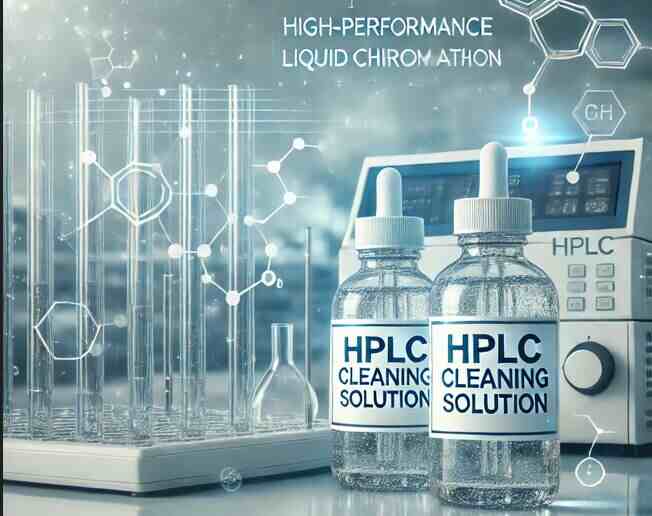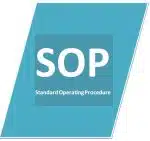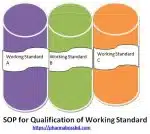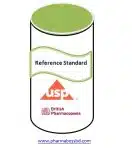HPLC column cleaning solutions used in High-Performance Liquid Chromatography (HPLC) columns depends on the type of contaminant and the column material (silica-based, C18, or other specialized phases).

Below are the general guidelines for cleaning solutions based on the type of contamination and the column’s stationary phase.
1. General Guidelines for HPLC Column Cleaning Solutions
Solvent Purity: Always use HPLC-grade solvents (high purity) to avoid introducing impurities that may affect the column or analytical results.
Flow Rate: During cleaning, flow rates should typically be kept between 1–2 mL/min (for standard HPLC columns) to avoid column damage.
2. Cleaning Solutions Based on Contaminant Types
2.1 For Organic Contaminants (Hydrophobic, Non-Polar Substances)
Commonly found in the form of sample residues, detergents, and other organic solvents. Use to removes polar and non-polar organic contaminants without damaging the column’s stationary phase.
Solvents Used:
Acetonitrile (ACN): 100% acetonitrile use for strong cleaning or 50–80% acetonitrile in water use for moderate cleaning.
Methanol: 100% methanol use for strong cleaning or 50–80% methanol in water use for moderate cleaning.
Concentration:
Use 100% acetonitrile or methanol for strong cleaning (organic contaminants) with no residue.
For moderate cleaning, use a 50–80% acetonitrile/methanol in water solution.
2.2 For Protein Contamination
Used for columns contaminated by proteins, peptides, or macromolecules.
Breaks down protein molecules and removes them from the column without damaging the column.
Solvents Used:
0.1 M NaOH (sodium hydroxide): Typically used for removing proteins, nucleic acids, or other biological substances.
2% Phosphoric Acid (H₃PO₄): Used to clean columns contaminated by proteins, lipids, or for neutralizing alkaline solutions.
2.3 For Inorganic Contaminants
Inorganic contaminants like salts, metal ions, or acidic residues can be removed using acidic or basic solutions.
Solvents Used:
0.1 M Phosphoric Acid (H₃PO₄) or 0.1 M Nitric Acid (HNO₃): Used for inorganic contamination.
Acetic Acid (CH₃COOH): Used for neutralization after acid cleaning.
After acid washing, rinse with high-purity water (HPLC grade) followed by neutralization using acetic acid or another weak acid.
2.4 For General Cleaning and Residual Solvent Removal
To remove all traces of previous solvents, ensuring the column is free of contaminants before reusing it for new analyses.
Solvents Used:
Water (HPLC grade): Used for rinsing and removing any soluble contaminants.
Acetonitrile or Methanol (100%): Used to remove residual solvents after other cleaning solutions.
3. Cleaning Solutions for Specific Column Types
3.1 Silica-Based Columns
Silica columns are generally more sensitive to acidic solutions but can tolerate weak acids and alcohols.
Recommended Cleaning Solutions:
Methanol: 100% or 50–80% in water.
Acetic Acid: 0.1% to 1% solution.
Phosphoric Acid: 0.1 M solution.
Concentration used:
Silica columns generally tolerate 0.1 M Phosphoric Acid for cleaning.
Avoid high concentrations of acidic or basic solvents.
3.2 C18 (Reverse Phase) Columns
Reverse-phase columns like C18 are less prone to degradation but can accumulate organic contaminants.
Recommended Cleaning Solutions:
Acetonitrile (ACN): 100% or 50–80% in water.
Methanol: 100% or 50–80% in water.
0.1 M NaOH for protein or organic residue removal.
Concentration used:
Use 100% acetonitrile or methanol to remove organic residues.
Use 0.1 M NaOH for strong protein or biological contaminant cleaning.
3.3 Ion-Exchange Columns
Ion-exchange columns are often cleaned with acidic or basic solutions to remove salts and ions.
Recommended Cleaning Solutions:
0.1 M Sodium Hydroxide (NaOH) for anion-exchange columns.
0.1 M Phosphoric Acid (H₃PO₄) for cation-exchange columns.
Concentration used:
Ion-exchange columns tolerate 0.1 M NaOH or 0.1 M H₃PO₄.
Use mild solutions to avoid damaging the ion-exchange sites.
4. Column Cleaning Solution Usage and Handling
Solution Storage: Always store cleaning solutions in clean, sealed containers. Label all cleaning solutions clearly with concentrations and the date of preparation.
Column Safety: Avoid using harsh solutions or excessive concentrations, as they may damage the stationary phase and reduce column lifetime.
Rinsing: After cleaning with any solvent, ensure thorough rinsing with HPLC-grade water to remove all residues of cleaning agents before reconnecting the column to the HPLC system.
5. Post-Cleaning Verification
After cleaning, perform a system suitability test to verify the column’s performance:
Check parameters like retention time, resolution, and baseline noise. Record the cleaning solution concentrations, flow rates, and any anomalies in the column cleaning log book.
These cleaning procedure aim to keep HPLC columns in optimal condition, ensuring accurate and reproducible analytical results.
In the pharmaceutical industry, the effective use of HPLC column cleaning solutions is crucial for ensuring precise and reliable analytical results. Proper cleaning and maintenance of HPLC columns extend their lifespan, maintain the accuracy of compound analysis, and prevent cross-contamination between samples. By utilizing optimized cleaning solutions, labs can uphold stringent quality standards, enhancing the consistency and safety of pharmaceutical products. Emphasizing routine column cleaning supports efficiency, reduces downtime, and ultimately contributes to the integrity of the entire analytical process in pharmaceutical production and research
Related Topics:
- Prepare and Standardize 0.5 N Hydrochloric Acid VS
- Prepare and Standardize 0.1 N Hydrochloric Acid VS
- Prepare and Standardize 1 N Hydrochloric Acid VS
- Prepare and Standardize 1 N Sodium Hydroxide VS
- Prepare and Standardize a 0.1 N Sodium Hydroxide VS
- Prepare and Standardize 0.5 N Sodium Hydroxide VS

Abdus Sobhan Salim is professional experienced pharmacist in pharmaceuticals, author and founder of pharmabossbd.com, the first Bangladeshi pharmaceutical blogger since 2019.



